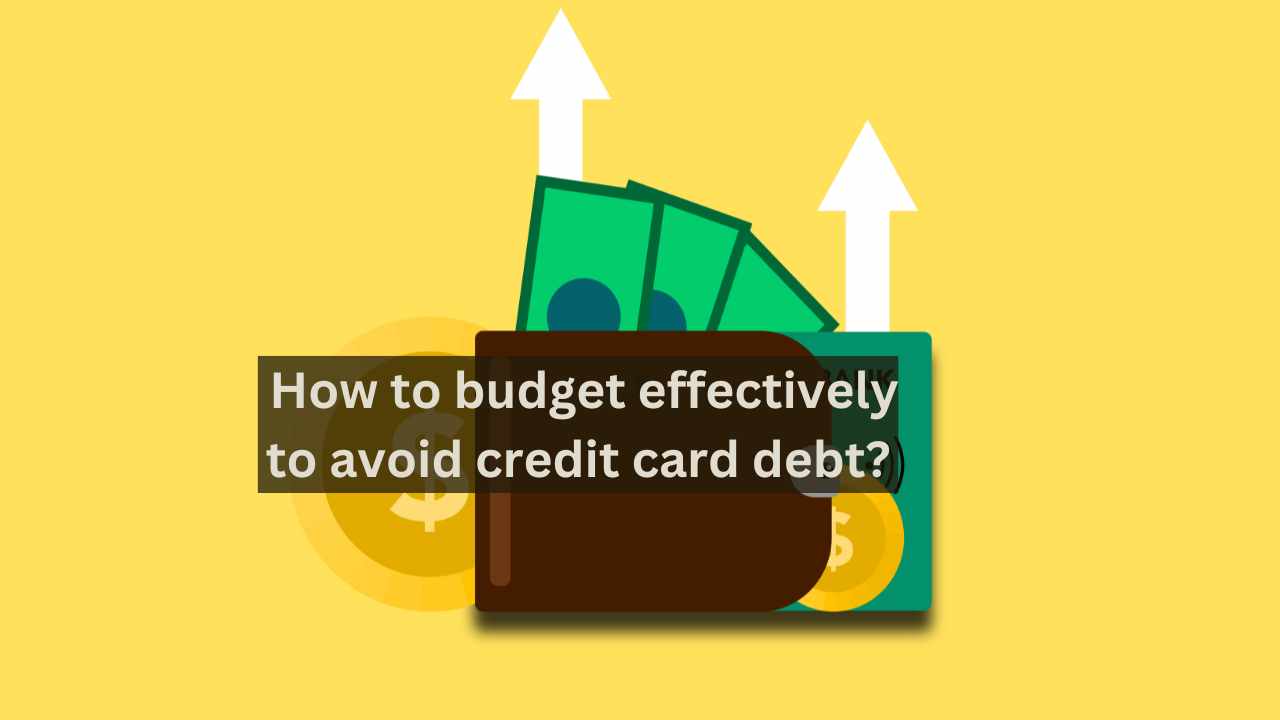Choosing the right credit card can seem overwhelming, especially with so many options available. Whether you’re looking to build credit, earn rewards, or find a card with lower fees, understanding the features and benefits of different credit cards will help you make an informed decision. Here’s a step-by-step guide to help you select the best credit card for your needs.
1. Understand Your Credit Score
Before you apply for a credit card, it’s important to know your credit score. Your credit score determines which credit cards you’ll qualify for and what interest rates and benefits you’ll receive.
- Good/Excellent Credit (670 and above): You’ll likely qualify for most cards, including premium rewards cards with the best perks.
- Fair Credit (580-669): You may be eligible for standard cards, but with higher interest rates and fewer rewards.
- Bad Credit (579 and below) or No Credit: Consider secured credit cards or cards designed for credit building.
Check your credit score through a free service, your bank, or a credit card issuer before you start comparing options.
2. Determine Your Spending Habits and Needs
The right credit card for you will depend on how you plan to use it. Start by considering your financial goals and spending habits:
- Do you plan to pay off your balance each month? If so, you won’t need to worry as much about interest rates. You might want to focus on rewards or perks instead.
- Will you carry a balance? If so, finding a card with a low interest rate (APR) will be important.
- Do you travel frequently? If you’re a frequent traveler, a card that offers travel rewards, airline miles, or no foreign transaction fees might be a good fit.
- Are you new to credit or rebuilding? Look for cards specifically designed to help you build or repair your credit, like secured cards or credit-building cards.
Once you understand your spending patterns, you can match your habits to the right type of credit card.
3. Choose the Right Type of Credit Card
There are several types of credit cards available, each designed to meet specific financial goals. Here’s a breakdown of the most common types:
- Rewards Credit Cards: These cards offer points, cash back, or miles for each purchase. Some reward certain categories like dining or groceries more heavily. These cards are best for people who pay off their balance every month, as interest charges can outweigh rewards if you carry a balance.
- Cash Back Credit Cards: These cards give you a percentage of your purchases back in the form of cash. They’re a great option if you want simple rewards that can be redeemed as statement credits, gift cards, or checks.
- Travel Credit Cards: These cards offer points or miles for travel-related expenses, along with perks like free checked bags, airport lounge access, or no foreign transaction fees. Frequent travelers can save significantly with these cards.
- Low-Interest Credit Cards: If you plan to carry a balance, look for cards with low APRs. Some credit cards offer 0% introductory APR periods on purchases or balance transfers, which can help you pay down debt without accruing interest.
- Secured Credit Cards: These are designed for people with no or poor credit. You make a security deposit, which becomes your credit limit. Use the card responsibly, and your payments will be reported to the credit bureaus, helping you build credit.
- Student Credit Cards: These are designed for college students with little or no credit history. They often come with lower credit limits but can help young adults establish credit.
4. Compare Interest Rates (APR)
The Annual Percentage Rate (APR) is the interest rate charged on balances you carry month to month. If you plan to pay off your balance in full each month, the APR won’t matter as much, but if you think you’ll carry a balance, you’ll want to find a card with a low APR.
There are two main types of APRs:
- Introductory APR: Many credit cards offer a 0% introductory APR on purchases or balance transfers for a set period, typically 6 to 18 months. After the introductory period, the APR will increase to the regular rate.
- Regular APR: This is the ongoing interest rate you’ll pay on balances after the introductory period ends. Compare regular APRs among credit cards to find the lowest one.
If you have good credit, you’ll likely qualify for cards with lower APRs. If your credit isn’t great, the APR might be higher.
5. Evaluate Fees and Charges
Many credit cards come with fees, so it’s important to understand what costs you might incur. Common fees include:
- Annual Fee: Some credit cards, especially those with premium rewards, charge an annual fee. Consider whether the rewards or perks outweigh the cost of the fee.
- Late Payment Fee: If you miss a payment, you may be charged a late fee. Always aim to pay on time to avoid this.
- Balance Transfer Fee: If you’re transferring a balance from another card, you may be charged a percentage of the transfer amount (usually 3-5%).
- Cash Advance Fee: Using your credit card to withdraw cash usually incurs a high fee, along with a higher interest rate on the advance.
If you’re a new cardholder or plan to use the card sparingly, you might want to look for a card with no annual fee. If you don’t travel internationally, avoid paying extra for cards with no foreign transaction fees.
6. Consider Rewards and Perks
If you’re choosing a credit card for rewards, compare how different cards structure their rewards programs. Common types of rewards include:
- Flat-rate rewards: These cards offer the same reward percentage on all purchases (e.g., 1.5% cash back on everything).
- Tiered rewards: Some cards offer higher rewards on specific categories (e.g., 3% on groceries, 2% on dining, and 1% on everything else).
- Rotating categories: Some cards offer bonus rewards in categories that change quarterly, such as gas or dining. You typically have to activate the categories each quarter to earn the bonus rewards.
Aside from rewards, check for extra perks like purchase protection, travel insurance, extended warranties, or free access to your credit score.
7. Look for Signup Bonuses
Many credit cards offer signup bonuses for new cardholders. These bonuses usually require you to spend a certain amount of money within the first few months of opening the account. Signup bonuses can be a great way to quickly accumulate rewards, but make sure you can comfortably meet the spending requirement without overspending.
For example, a card might offer $200 cash back if you spend $500 in the first three months. If you were already planning to make a large purchase, this could be a good opportunity.
8. Check Credit Card Reviews and Ratings
Before applying for a credit card, it’s a good idea to read reviews from current or past cardholders. Look for reviews that address customer service, ease of use, and any hidden fees or issues. Pay attention to both positive and negative experiences to get a full picture of the card.
Websites like NerdWallet, Credit Karma, and The Points Guy offer detailed reviews of most credit cards, breaking down the pros and cons of each one.
9. Understand the Fine Print
Before you apply for a credit card, make sure you understand all the terms and conditions. Pay attention to:
- Introductory Offers: Know when the introductory 0% APR or bonus reward categories expire.
- Penalty APR: Some cards increase your interest rate if you miss a payment.
- Grace Period: This is the time you have to pay your balance before interest begins to accrue.
Read through the credit card’s terms and conditions carefully so there are no surprises later on.
10. Apply for the Card that Matches Your Needs
Once you’ve compared your options and chosen the card that best fits your needs, it’s time to apply. You can usually apply online, and it takes just a few minutes to fill out the application. Be prepared to provide personal information like your name, address, Social Security number, and income.
After submitting your application, you’ll typically receive a decision within minutes. If approved, you’ll receive your card in the mail within 7-10 days.
Conclusion
Choosing the right credit card is about understanding your financial goals, comparing your options, and picking a card that matches your needs. Whether you’re looking for rewards, lower interest rates, or a card to help you build credit, there’s a card out there for you. By evaluating factors like fees, APR, rewards, and perks, you’ll be well on your way to making an informed decision and using credit responsibly.
FAQ
1. Should I choose a card with rewards or lower interest rates?
If you plan to pay off your balance in full each month, a rewards card may offer more benefits. If you carry a balance, a card with a low APR will save you money on interest.
2. How do I know if I qualify for a credit card?
Check your credit score before applying. Many credit card issuers list the recommended credit score range for their cards, helping you determine if you’re likely to qualify.
3. Is it better to have a card with no annual fee?
A no-annual-fee card is a good option if you don’t plan to use your card often. However, cards with annual fees often offer higher rewards and better perks, which may outweigh the fee if you use the card frequently.


